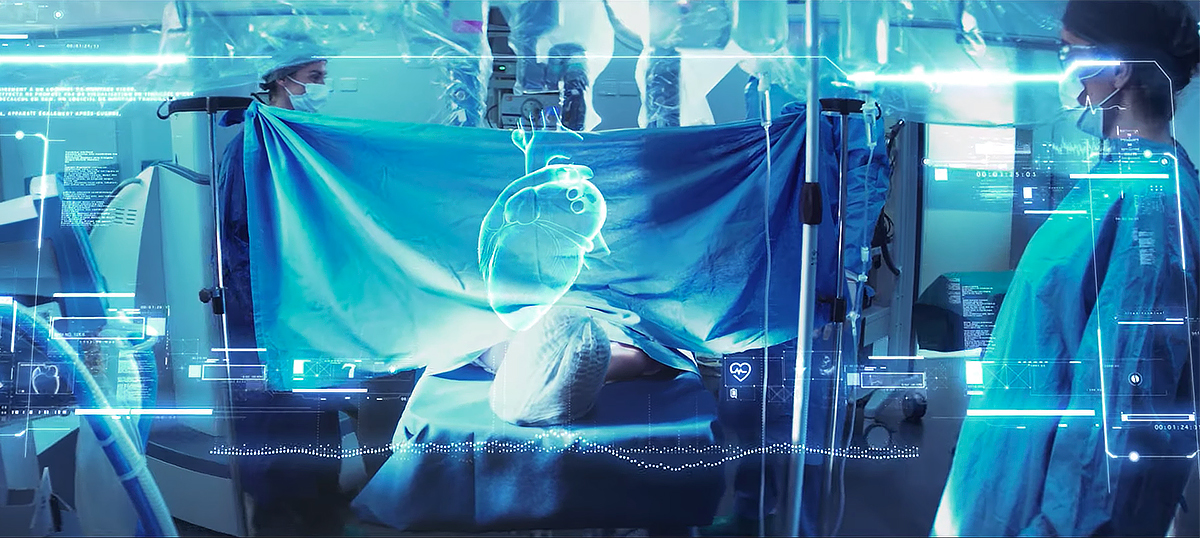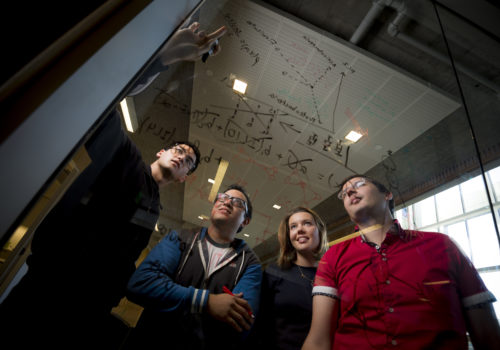Industry, transportation and health care are the most promising fields for the evolution of high-speed infrastructure and services
From the era of Mega to the era of Giga. From wide-band to ultra-wide band. From milliseconds to a millisecond. These are the key words in 5G, the fifth mobile generation, an unprecedented revolution. Already available in Italy – the first services were launched by Tim and Vodafone – 5G will make it possible to browse and download data at a speed up to 100 times greater than 4G. The first plans offered a download speed of 2Gbps (upload at 300 Mbps), but the goals for the future are far more ambitious: the target has been set at 10 Gbps, a performance that will be made possible by the gradual evolution of the standard, updated networks and signal coverage across the territory.
While the change for consumers may currently be measured in the field of infotainment – it will take just a few seconds to download movies, music and games – 5G will find its most fertile ground in far more important and strategic sectors to improve the lives of citizens.

© TIM
Industry, transportation and health care are the three fields that are considered most promising, and are ready to benefit from the possibilities offered by the fifth generation mobile communication.
In fact, experimentation has deliberately been concentrated in these three sectors, with Italy taking the lead in Europe. Five Italian cities have already been equipped with 5G thanks to the Ministry for Economic Development – Bari, L’Aquila, Matera, Milan and Prato), to be followed by Genoa, Rome and Turin.
This is the real feather in the cap for 5G: for the first time in the history of mobile telecommunications, latency – the time delay between the signal input and when the information arrives on the device (smartphone, tablet, etc.) – not only drops below the 10-millisecond mark (in the 4G range it is between 10 and 50), but also breaks the threshold of 5 milliseconds. The real goal is to reach one millisecond. A performance of this type is a fundamental turning point: if in transportation we have been content so far with services such as Google Maps or others that make it possible to check the arrival times of buses and subways, 5G will open the doors to “intelligent” infomobility, which thanks to real time vehicle-vehicle communication will help avoid accidents and traffic congestion, but above all will give public administrations key information to plan and manage traffic, and to modulate street and neighborhood lighting and keep pollution levels under control. And thanks to 5G latency, driverless cars will hit the market.
In industry and health care there will be unprecedented innovation.

© TIM
Robotics are destined to become a key element in factories and hospitals.
To optimize and drive production in industry, and to allow remote surgery in hospitals. These are just some of the possible applications. 5G, analysts and experts concur, will also create new jobs: technical expertise as well as soft skills are required for managing infrastructure and creating innovative services. Universities and businesses are starting up specific courses and initiatives such as hackathons and awards in their search for the finest talents in the territory.
© ALL RIGHTS RESERVED
translation by Olga Barmine






